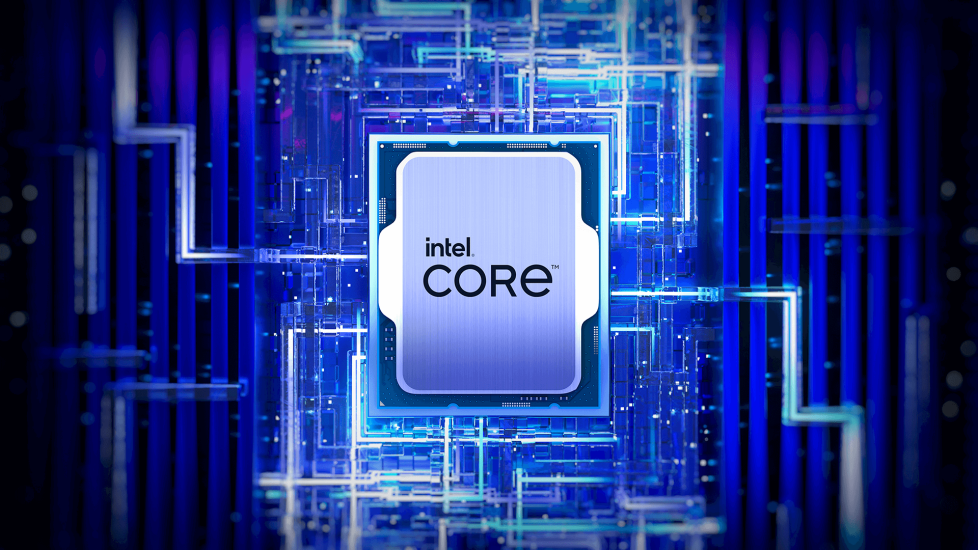
On the cusp of Intel's Arrow Lake-S desktop CPU launch, Intel has quietly launched an all-new 14th Gen Raptor Lake Refresh CPUs known as the "14001" series with P-cores only. These CPUs lack E-cores entirely and target embedded solutions, but in a strange twist, the flagship model is overclockable.
That's the bad news: these chips only come in an embedded format, preventing enthusiasts and mainstream customers from accessing these unorthodox CPUs. Embedded form factors are a computing solution where the CPU is installed into a machine from an OEM at the factory. Usually, these chips are sold with the motherboard and cannot be easily replaced or upgraded.
Intel's new E-coreless Raptor Lake Refresh lineup comprises three Core i9 SKUs, two Core i7 variants, and four Core i5 models. By far, the most unique variant of the nine models is the flagship Core i9-14901KE, which, if you couldn't tell by the model number, appears to be an overclockable K-series part. If this is true, the 14901KE is one of the only, if not the only, overclockable embedded processor that Intel has created to date.
Intel's new lineup is also very unorthodox in that it is the only lineup to date since 12th Gen that does not have any E-cores whatsoever. However, there are some positives with such a lineup. From Intel's side, having E-coreless chips allows it to recycle defective Raptor Lake dies that might have faulty E-cores but are perfectly working beside that. We suspect this is the sole reason why Intel decided to create this new lineup in the first place: to unload defective dies that probably have been gathering up since the 14th Gen launch.
Intel's new lineup is also advantageous for consumers. One of the main disadvantages of Intel's modern hybrid architectures is the additional complexity of scheduling work on suitable core clusters for optimal performance and power efficiency. Sometimes, OS schedulers will put some workloads on the wrong cores, causing performance headaches for the end user. Additionally, many workloads don't benefit from having E-cores; instead, they only benefit from having six or eight physical cores (or less).
All three Core i9 variants have eight Raptor Cove P-cores, 16 threads, and 36MB of L3 cache. The main differences between the three are clock speed and PBP/TDP. The flagship i9-14901KE has a 125W TDP, a maximum turbo boost clock of 5.8GHz, and a base clock of 3.8 GHz. The Core i9-14901E has a significantly lower 65W TDP but only loses 200 MHz off its maximum boost clock, featuring a peak turbo boost of 5.6 GHz. The base clock takes a significant hit, however, at 2.8 GHz. The i9-14901TE is the most power-constrained variant, featuring a 45W PBP/TDP. The peak turbo clock speed is 5.5 GHz, and the base clock is 2.3 GHz.
Very little differentiates the Core i9 models from the Core i7 variants. The two Core i7 SKUs also have eight cores and 16 threads, but they have slightly lower clock speeds and an extremely slight reduction in L3 cache. The Core i7-14701E has a 65W TDP, 5.4 GHz turbo frequency, 2.6 GHz base frequency, and 33MB of L3 cache. The Core i7-14701TE has the same core and cache configuration but features a 45W PBP/TDP, a max turbo clock of 5.2 GHz, and a base clock of 2.1 GHz.
The Core i5 takes a much bigger hit to the spec sheet, featuring six cores, 12 threads, and 24MB of L3 cache. The Core i5 lineup is divided into two sub-lineups, the 14501 and 14401 series — much like the Core i5 14500 and i5 14400 desktop chips. Two main areas differentiate the Core i5 sub-lineups: the Core i5 14501 series comes with boost frequencies in the 5GHz range, while the 14501 series comes with peak turbo frequencies in the 4GHz range. The 14501 series is also the only group of chips in Intel's E-coreless 14th Gen lineup that uses the lower-end UHD 730 Graphics with 24 EUs. The rest of the i5s, i7s, and i9s use UHD 770 Graphics with 32 EUs.







